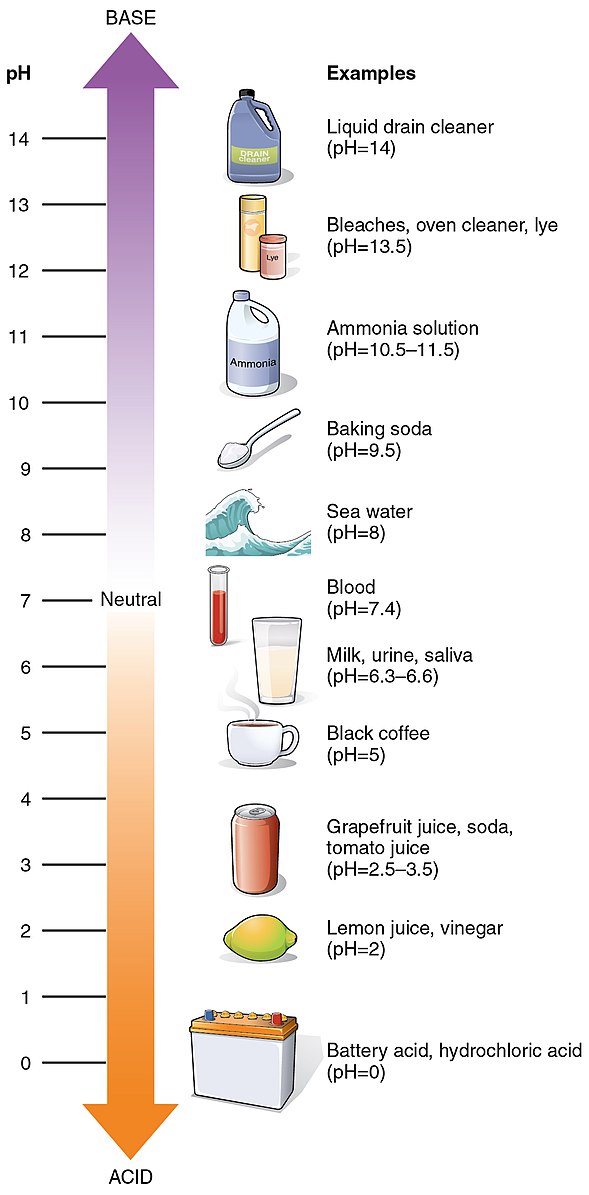The pH value of irrigation water is a crucial factor in plant nutrition and growth. It is a measure of the concentration of hydrogen ions (H+) in water or other liquids, with a pH below 7.0 being acidic, above 7.0 being basic, and 7.0 being neutral. Maintaining the optimal pH range for irrigation water is essential for ensuring the availability and solubility of essential nutrients, which directly impacts plant health and productivity.
Understanding pH and Alkalinity in Irrigation Water
The ideal pH range for irrigation water is between 5.0 and 7.0, with levels between 30 and 60 ppm calcium carbonate considered optimum for most plants. However, the pH of irrigation water should usually be within the range of 5.5 to 6.5 to enhance the solubility of most micronutrients and avoid a steady increase in the pH of the growing medium.
Alkalinity, on the other hand, is a measure of the water’s ability to neutralize acidity. An alkalinity test measures the level of carbonates and hydroxides in water, and test results are generally expressed as “ppm of calcium carbonate (CaCO3)”. The desirable range for irrigation water is 0 to 100 ppm calcium carbonate.
Effects of pH and Alkalinity on Plant Nutrition
 Image source: OpenStax College
Image source: OpenStax College
The pH and alkalinity of irrigation water can affect the solubility and availability of nutrients and other chemical characteristics of irrigation water, which can impact plant growth and development. For example:
- High pH (>7.0) may reduce the availability of various metals and micronutrients, causing deficiency symptoms.
- Low pH (< 5.0) may result in toxic high levels of metals like iron and manganese.
- High alkalinity exerts the most significant effects on growing medium fertility and plant nutrition.
Treating Irrigation Water to Optimize pH and Alkalinity
To optimize fertility and combat the adverse effects of high pH/alkalinity, it is possible to treat irrigation water by injecting acid. Sulfuric acid is the most commonly used acid for this purpose. The amount of acid required to achieve the desired pH can be calculated by filling a 5-gallon bucket with irrigation water, adding the type of acid you wish to inject, stirring the water to ensure complete mixing, and measuring the pH of the water until the desired pH is obtained.
Calculating Acid Injection Rates
The amount of acid required to adjust the pH of irrigation water can be calculated using the following formula:
Acid (mL/L) = (Desired pH - Measured pH) x 0.1
Where:
– Acid (mL/L) is the amount of acid required per liter of irrigation water
– Desired pH is the target pH you want to achieve
– Measured pH is the current pH of the irrigation water
It’s important to note that the actual amount of acid required may vary depending on the specific water composition and alkalinity levels. Regular testing and monitoring of irrigation water quality are essential to ensure the proper dosage of acid and maintain the desired pH range.
Monitoring and Maintaining Optimal Irrigation Water Quality
Regular testing and monitoring of irrigation water quality can help growers optimize fertility, combat adverse effects, and ensure healthy plant growth. Key parameters to monitor include:
- pH
- Alkalinity (ppm CaCO3)
- Electrical conductivity (EC)
- Nutrient levels (N, P, K, etc.)
- Presence of contaminants or heavy metals
By maintaining the optimal pH and alkalinity range in irrigation water, growers can ensure the availability and solubility of essential nutrients, leading to improved plant growth, yield, and overall plant health.
Conclusion
In summary, the pH and alkalinity of irrigation water are critical factors in plant nutrition and growth. Regular testing and monitoring of irrigation water quality, along with the appropriate treatment methods, can help growers optimize fertility, combat adverse effects, and ensure healthy plant growth. By understanding and managing the pH and alkalinity of irrigation water, growers can maximize the potential of their crops and achieve better agricultural outcomes.
